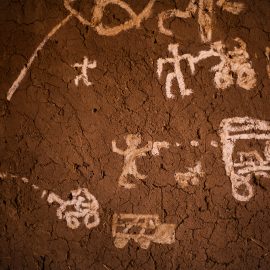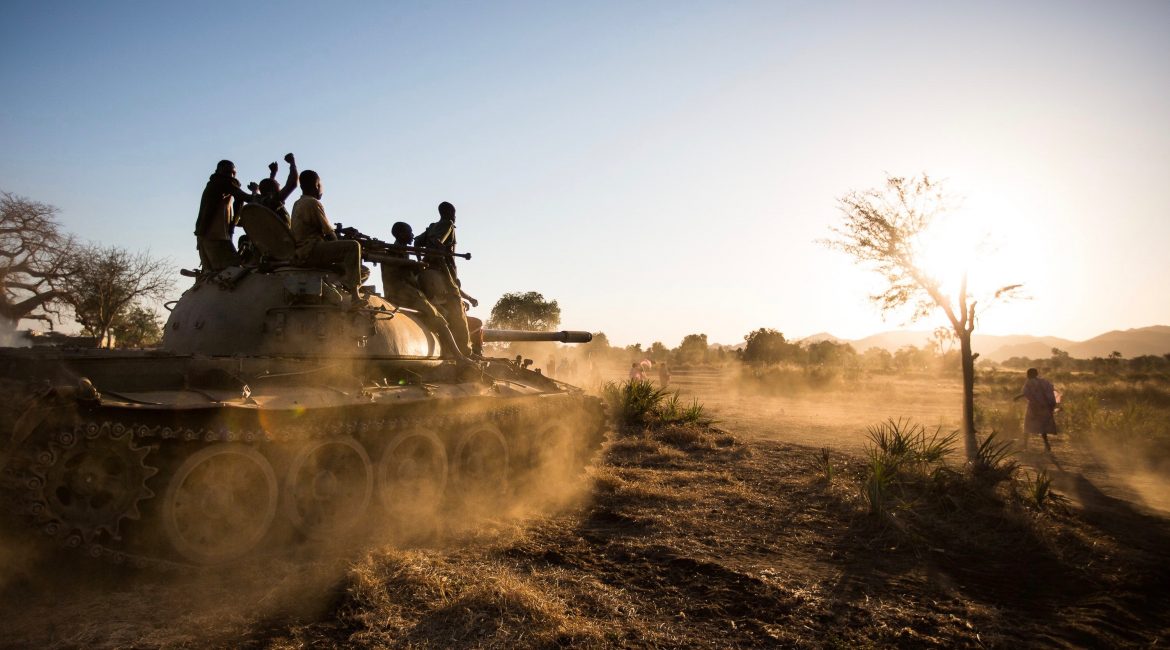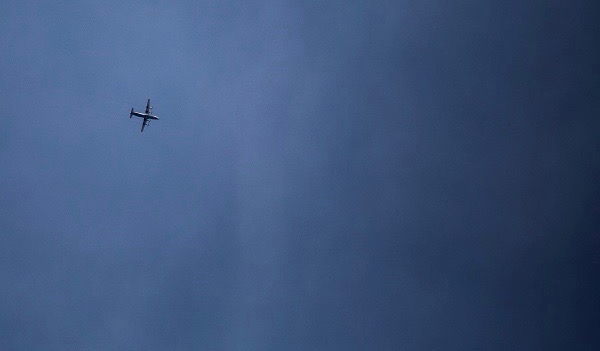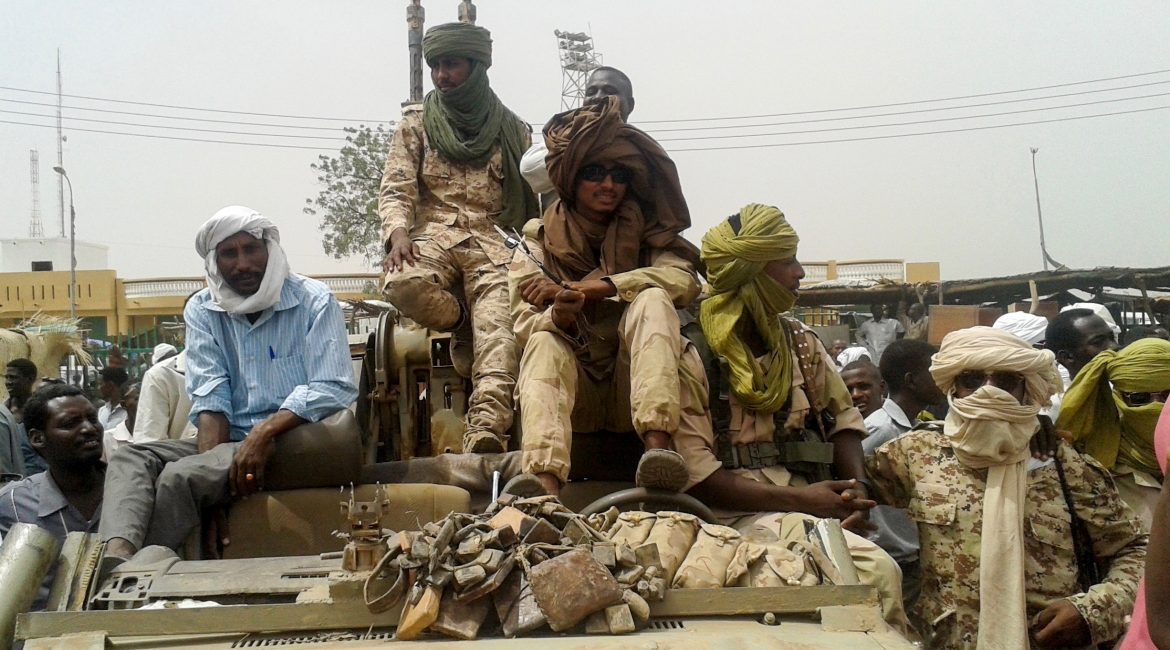Over 20,000 Sudanese refugees have left Yida camp since war broke out in South Sudan in December, according to local authorities. That number is expected to increase as South Sudan’s civil war spreads throughout the north of the country.
There is normally a steady two-way flow of traffic between Yida and the Nuba Mountains, as people travel south to trade goods in the camp, and north after picking up food rations to bring back to the mountains. But Ali Kuna Tina, the Mak – or traditional leader – of the refugees in Yida said lately the flow has shifted and many more are coming north, while far fewer head south.
The killing of hundreds of civilians in nearby Bentiu, Unity State, last week has sparked fears of that the brutality will reach the refugee camps. Many of Yida’s residents are also concerned the food stores left by humanitarian agencies could become targets for an attack by rebel forces led by Riak Machar.
The refugees came to the camp seeking safety from a three-year long bombing campaign in their home state of South Kordofan in Sudan. An entirely separate civil war is raging there. They now find themselves trapped between the threat of violence in Yida, and the war zone to which they would return.
“I have no one to rely on if anything happens,” said Rihab Tia Aradeb, a 26 year old mother of six. Rihab left Yida on foot with her children to return to Buram, her hometown. Aradeb fled Buram in 2013, seeking shelter in Yida after her husband was killed in an Antonov bombing. After last week’s bloodshed nearby, Aradeb decided returning was her best option. “I would rather stay with my people despite the bombing in the mountains,” she explained. “We can hide together in the caves and rely on each other.”
Emotions are running high. Yida residents fear getting caught in the crossfire as South Sudan’s rival factions battle over the oil-rich state. Reacting to the killings in nearby Bentiu, the UN Office for the Coordination of Humanitarian Affairs said it was “outraged by deliberate and targeted killings of civilians in hospitals, churches, UN peacekeeping bases and other places where people’s rights should be sacrosanct.”
Mak Ali Kuna Tia said currently the situation in Yida is calm and that the violence in Bentiu has only impacted the passing of trade convoys. The Mak and traditional council have advised the refugees in Yida to stay put.
A spokesman for Machar’s rebel group – Yohannis Musa – also said the roads to and from South Kordofan will remain open. “We will never touch the people in Yida,” he said.
But on April 23, Nuba Reports witnessed hundreds waiting for a ride north from the camp, as well as hundreds more walking north along the road into Sudan.
It remains to be seen how the people in Yida will be impacted by the bloody siege on Bentiu. But many, like Aradeb, have chosen the uncertainty of the north rather than the chaos of the South.





